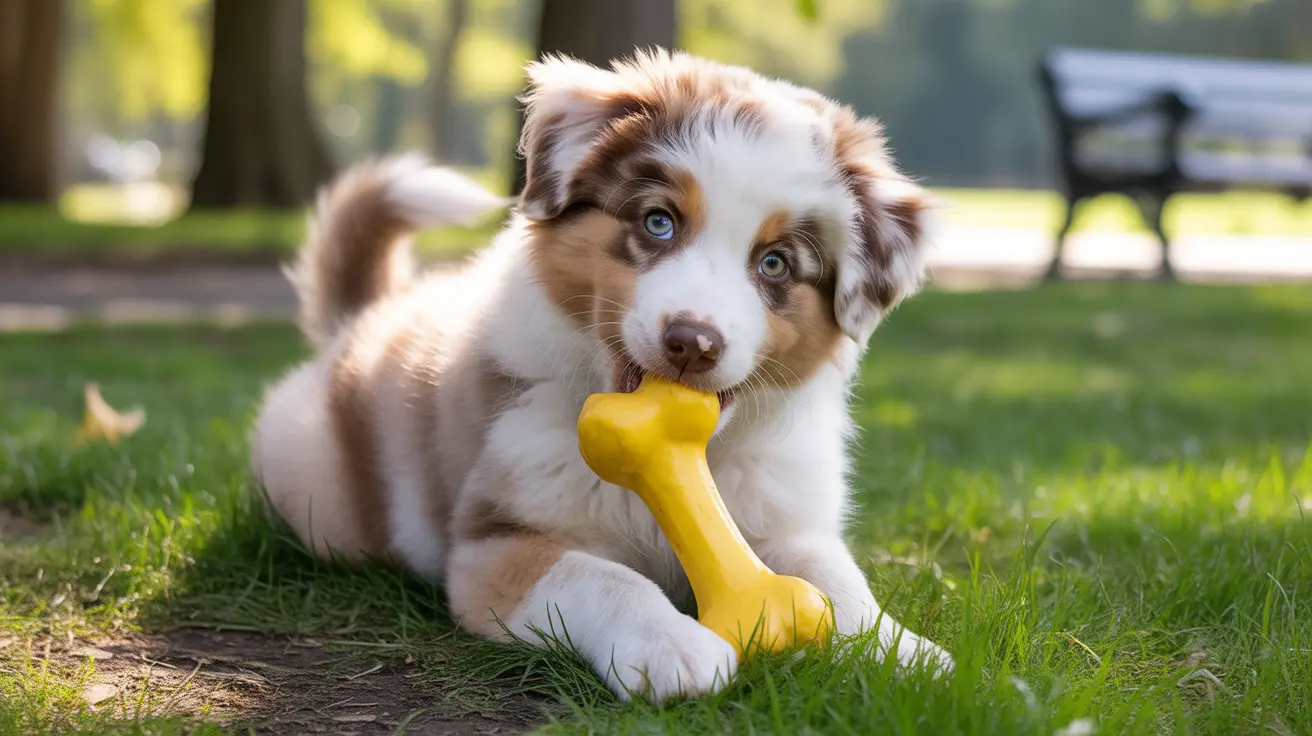Introduction
As a new puppy parent, you might be wondering if it's safe to give your furry friend bones to chew on. While bone chewing is a natural behavior for dogs, puppies require special consideration due to their developing teeth and jaws. This comprehensive guide will explore the safety considerations, benefits, and risks of giving bones to puppies, helping you make informed decisions about your puppy's chewing habits.
Understanding the do's and don'ts of puppy bone chewing is crucial for preventing potentially serious health complications while still allowing your pet to engage in this instinctive behavior safely. Let's dive into everything you need to know about puppies and bone chewing.
Understanding Puppy Dental Development
Puppies go through several dental stages during their first year of life. From weeks 2-8, they develop their first set of baby teeth, followed by a teething period between 3-6 months when these temporary teeth are replaced by permanent adult teeth. During this critical period, their jaw strength and dental structure are still developing, making them particularly vulnerable to injury from inappropriate chewing materials.
Safe Bone Options for Puppies
When it comes to choosing appropriate bones for puppies, softer options are always better. Veterinary-approved choices include:
- Specially designed puppy-specific rubber bones
- Soft natural chews like bully sticks
- Split elk antlers (under supervision)
- Dental chews with the VOHC seal of approval
Avoid hard bones, especially those from large animals, as these can damage your puppy's developing teeth.
The Dangers of Cooked Bones
Cooked bones pose significant risks to puppies and should never be offered as chew toys. When bones are cooked, they become brittle and prone to splintering, which can lead to:
- Choking hazards
- Intestinal punctures
- Mouth injuries
- Digestive blockages
Supervising Bone Chewing Sessions
Always monitor your puppy during chewing sessions, limiting them to 5-10 minutes initially. Watch for signs of aggressive chewing or attempts to swallow large pieces. Remove the bone if it becomes small enough to swallow or shows signs of splintering.
Benefits of Safe Chewing Practices
When done safely, allowing puppies to chew on appropriate bones can provide several benefits:
- Relief from teething discomfort
- Mental stimulation and entertainment
- Development of proper jaw strength
- Natural dental cleaning
- Reduced destructive chewing behavior
Frequently Asked Questions
Can puppies safely chew on bones, and if so, which types are recommended?
Yes, puppies can safely chew on certain types of bones under supervision. The safest options include specially designed puppy chew toys, soft natural chews like bully sticks, and VOHC-approved dental treats. Avoid hard bones and always choose size-appropriate options for your puppy's breed.
Why are cooked bones dangerous for puppies to chew on?
Cooked bones are dangerous because they become brittle and can splinter easily. These splinters can cause serious injuries including choking, internal punctures, and digestive blockages. Additionally, cooked bones are harder than raw bones, increasing the risk of dental damage.
How can I tell if a bone is too hard or unsafe for my puppy to chew?
Use the "fingernail test" - if you cannot make an indent in the bone with your fingernail, it's too hard for your puppy. Also, ensure the bone is larger than your puppy's muzzle to prevent choking and watch for signs of wear or splintering.
What are the dental and health benefits of giving puppies bones or chew treats?
Safe chewing helps relieve teething discomfort, promotes dental health by reducing plaque and tartar buildup, provides mental stimulation, and helps develop jaw strength. It also satisfies natural chewing instincts, potentially reducing destructive behavior.
How should I supervise and manage bone chewing to prevent choking or dental injuries in puppies?
Always supervise chewing sessions, limiting them to 5-10 minutes initially. Remove bones that become small enough to swallow, show signs of splintering, or wear down significantly. Monitor your puppy for signs of distress or aggressive chewing, and end the session if necessary.
Conclusion
While puppies can chew on bones, safety must always be the top priority. Choose appropriate chew toys and bones based on your puppy's age, size, and chewing style. Regular veterinary consultations and close supervision during chewing sessions will help ensure your puppy enjoys the benefits of chewing while staying safe from potential hazards.
Remember that every puppy is unique, so what works for one may not work for another. Pay attention to your puppy's preferences and chewing habits, and always err on the side of caution when introducing new chew items into their routine.






